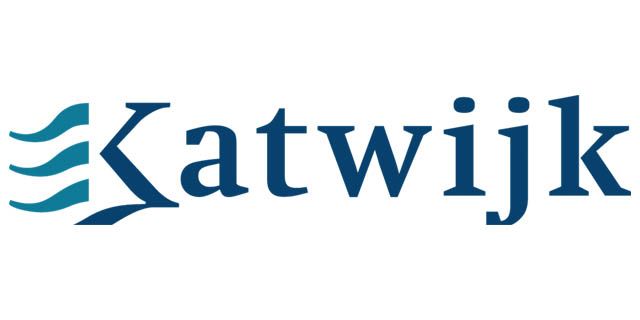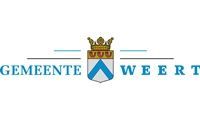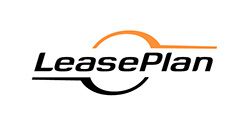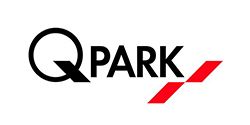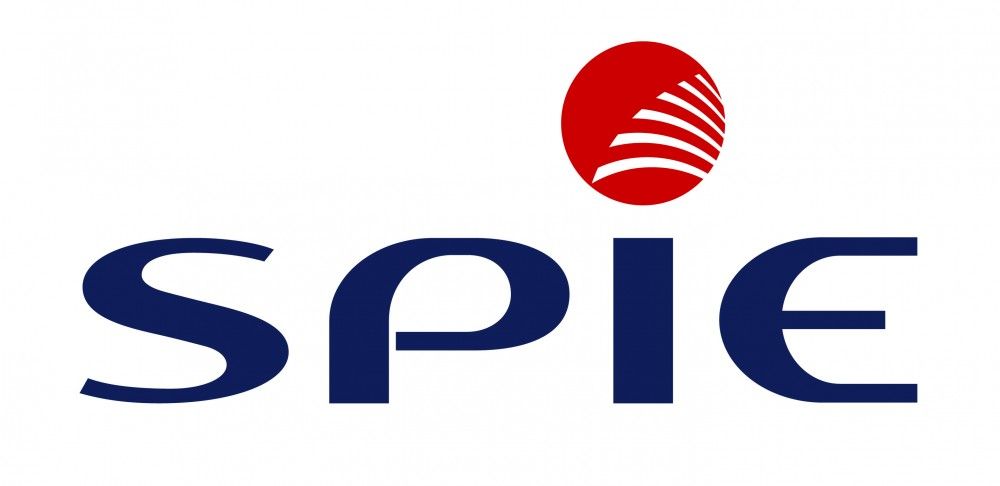Cursusbeschrijving
This intensive instructor-led course provides students with the knowledge and experience to implement Office 365 in a large corporate environment using the FastTrack three-phase delivery process of Pilot, Deploy, and Enhance. The course consists of two distinct parts:
- Lecture/Lab. Part One is the training phase of the course and consists of six modules. Each module has an associated paper-based lab that is based on an actual, real-world Office 365 deployment involving a medium-sized enterprise organization. The aim of the scenario is to confirm that students have learned the concepts from the modules.
- Case Study. Part Two is the testing phase and consists of a different scenario based on another real-world deployment, this time involving a large enterprise deployment. During the case study, students will work in groups to create a design solution for the organization that is based on the information provided in the scenario and gained from interviewing the instructor, who will role-play the part of the customer. Each group will then present its design to the remainder of the class.
{tab Doelgroep}
This course is intended for consultants and IT professionals who are responsible for planning and implementing Office 365 in medium to large enterprise environments where there are complex factors within the client’s infrastructure that affect the migration process. The course student typically:
- Is an enterprise architect, IT consultant or IT professional that has already planned and implemented Office 365 in a large corporate environment.
- Has hands-on experience with Office 365
- Wants to know the design factors behind Microsoft’s new FastTrack approach to deploying Office 365 through rapid piloting of Office 365, followed by the Deploy and Enhance phases.
{tab Voorkennis} Before attending this course, students must have:
- Before entering this course, you have to do the course M20346
- At least one year of experience with Office 365 and at least two years of in-role experience as a consultant.
- Knowledge of the individual components of Office 365, such as Microsoft Exchange, Microsoft SharePoint, Microsoft Lync, and Office 365 ProPlus.
- Experience with the Office 365 platform and its administrative console.
- Experience with Active Directory, Windows Azure Active Directory, Directory Synchronization (DirSync) and single sign-on (SSO) with Active Directory Federation Services (ADFS) 2.0.
- Successful deployment experience of Office 365 in a customer-facing engagement.
- Knowledge of the principles of IT project design.
- Ability to present and peer-review a project design.
{tab Certificering}
Na het volgen van deze Office 365 cursus kunt u deelnemen aan het examen 70-347 mits u ook de M20346 heeft afgerond. {tab Overige informatie}
This course will be delivered with digital courseware. In order to have the best learning experience you are asked to bring your own second screen to view the courseware. A second screen includes: tablets and laptops.
{/tabs} {slider Cursusinhoud|closed}
Module 1: The Office 365 Deployment Challenge
This module reviews the features of Office 365 and identifies recent improvements to the service. You then identify the Office 365 Deployment Challenge and list the benefits of the FastTrack approach compared to the traditional Plan-Prepare-Migrate deployment process.
- Reviewing Office 365
- Introducing the FastTrack Deployment Methodology
- Getting to the Pilot
Lab : Introducing the FastTrack Deployment Methodology
- Question the TAM
- Identify the Features and Benefits of Office 365 for the Customer
- List Possible Deployment Blockers
- Is the SFA Scenario suitable for the FastTrack Approach?
- Explain the FastTrack Deployment Methodology to the Customer
- Confirm that SFA can move to the Pilot Phase
After completing this module, students will be able to:
- Describe the components of the Office 365 service
- Identify the differences between the old and the new deployment processes
- List the initial requirements that need to be met prior to starting the pilot phase
Module 2: Planning the Pilot Phase
In this module you learn how to plan the Pilot phase of the FastTrack Deployment process for Office 365. Because the aim of the FastTrack approach is to minimize up-front planning, there is relatively little planning and pre-Pilot scoping to carry out. The content for this phase will use material from the Software Assurance Planning Services (SAPS) Office 365 FastTrack Pilot, which is a three-day engagement delivered over a three-week timescale. Although your engagement may not fall under the SAPS umbrella, there are plenty of useful resources and guidance to help shape your approach to this Pilot phase.
- Overview of the Pilot Phase
- Identifying Environmental and Software Prerequisites
- Planning for Pilot Users
- Planning for Pilot Users
- Planning for Team Collaboration
Lab : Planning the Pilot Phase
- Initial Pilot Requirements
- Confirming Browser, Operating System and Office Versions
- Select Pre-Pilot users
- Select Pilot users
- Plan Mail Connectivity and Social Network Integration
- SharePoint Planning
- Pilot Design
After completing this module, students will be able to:
- Provide an overview of the process and planning factors within the Pilot Phase
- Ensure that the customer environment meets the prerequisites for the Pilot
- Identify the factors that are important when selecting users to be part of the Pilot
- Plan to connect Office 365 to pilot users’ existing email
- Plan to provide team collaboration sites in SharePoint Online
Module 3: Planning the Deploy Phase – Part 1
In this module, you transition from the Pilot Phase to the Deploy Phase and start creating the design for bringing users into Office 365 permanently. You plan out this migration and identify the design factors that indicate which approach you should take to bring your customer’s organization onto the cloud platform. This module covers the first parts of the Deploy Phase, such as domain and user identity mapping, which form the basis for the additional planning in the next module.
- Overview of the Deploy Phase
- Planning Service Selection
- Planning Networking and Domains
- Planning User Management
Lab : Planning the Deploy Phase (Part 1)
- Service Selection
- Networking and Domain Planning
- Identity Management Planning
- Password Synchronization
- Active Directory Issues
- Troubleshooting DirSync (Optional)
After completing this module, students will be able to:
- Explain the process and planning factors within the Deploy Phase
- Identify the planning decisions that need to select the correct mix of Office 365 services for the customer
- Plan domains for Office 365
- Plan how user accounts and identities will be managed
Module 4: Planning the Deploy Phase – Part 2
This module covers the second part of Deploy phase, during which you examine the key issues of migrating email accounts to Exchange Online, setting up SharePoint Online and providing the functionality and control that this service requires, introducing Lync Online to the organization, and deploying Office 365 ProPlus so that users can take advantage of the improvements in this new release. After this phase is complete, you can then move on to the Enhance Phase to plan the more advanced configurations of Office 365.
- Planning Email Migration
- Planning SharePoint Site Collections and sites
- Planning Lync Online
- Planning Office 365 ProPlus Deployment
Lab : Planning Office 365 ProPlus Deployment
- Fact Finding
- Summarizing the Exchange Online Options
- Planning Additional Factors for Exchange Online
- SharePoint Site Collections Planning
- Site Template Planning
- Lync Federation Planning
- Office 365 ProPlus Deployment
After completing this module, students will be able to:
- Plan the migration of user email accounts and mail data to Office 365
- Plan the setting up of SharePoint Site Collections and Groups in Office 365
- Plan to introduce Lync Online
- Plan to deploy Office 365 ProPlus to users
Module 5: Planning the Enhance Phase – Part 1
Now that you have completed planning the Deploy Phase, you may find that your customer now has all the facilities they need from Office 365 and does not want to deploy any further functionality. However, it is more likely that the success of the Office 365 Pilot and Deploy phases will lead to calls for greater integration with the cloud-based platform. In particular, the Enhance Phase delivers two key benefits that larger organizations are likely to want, which are single sign-on and hybrid Exchange Server operation. This module covers both these areas.
- Overview of the Enhance Phase
- Planning Single Sign-On
- Planning Hybrid Exchange Deployments
Lab : Planning the Enhance Phase (Part 1)
- Identify Factors for SSO and Future SSO Requirements
- Identifying Hybrid Exchange Benefits
- Certificate Requirements
- Mail Routing
After completing this module, students will be able to:
- Review the process and planning factors within the Enhance Phase
- Plan to implement single sign-on with Active Directory Federation Services (AD FS)
- Plan for long-term coexistence with Exchange Hybrid deployment
Module 6: Planning the Enhance Phase – Part 2
In this module, you move on from planning for single sign-on (SSO) and hybrid Exchange Server to plan any further enhancements within the Enhance Phase. These enhancements can include message sanitation for on-premises, hybrid, or cloud-only environments with Exchange Online Protection, customization of the SharePoint Online user experience using a range of tools, and integration of SharePoint Online with on-premises SharePoint Server 2013, using SSO for authentication. Use of these additional facilities will depend on your customers’ requirements; therefore, it is possible that customers may not need these options. However, you do need to consider these areas in your design and identify if there is a requirement for each option.
- Planning Exchange Online Protection
- Planning SharePoint Online Customization
- Planning Hybrid SharePoint Implementations
Lab : Planning the Enhance Phase (Part 2)
- Justify Use of EOP
- Configure EOP
- Plan SharePoint Development
After completing this module, students will be able to:
- Plan to integrate Exchange Online Protection.
- Plan for customization of SharePoint Online.
- Plan SharePoint Online hybrid deployments alongside SharePoint on-premises.
Module 7: Case Study
In this final exercise, you will bring together all the knowledge you have gained from this course to create a design plan for a FastTrack deployment in a challenging customer environment. Within the limitations of the classroom setup, this exercise attempts to replicate the considerations that you might experience with a real-life deployment. Many of the technical points in the scenario are based on live deployments, although the overall scenario is based on a fictitious organization.
Each student will be assigned to a group. Each group is required to create and present a design plan for implementing Office 365 at Trey Research by using the FastTrack methodology. This plan should meet the requirements of the customer that are provided in the case study, and by the instructor who will role-play the part of the customer. Each group will then have a total of 30 minutes to present its plan to the class, which should include the three phases of their design. After a group presents its plan, there will then be a critique time of 15 minutes, where the instructor and the other groups will question the group’s design decisions. Lab : Case Study
- Scenario Information Delivery
- Initial Interview with the Customer
- Creating the Pilot Phase Design
- Second Interview with the Customer
- Creating the Deploy Phase Design
- Information Gathering for the Enhance Phase
- Creating the Enhance Phase Design
- Presenting Your Design
After completing this case study, students will be able to:
- Test their ability to create and present a complete FastTrack design plan for an organization.
{slider Doelstellingen}
After completing this course, students will be able to:
- Describe the Office 365 FastTrack deployment methodology
- Identify the benefits of the FastTrack approach compared to the current deployment process.
- Plan the Pilot phase of the FastTrack deployment process.
- Plan the Deploy phase to ensure this phase commences correctly.
- Plan the optional sections of the Enhance phase, depending on the customer’s requirements.
{/sliders}
Excel Training Volgen?
Benieuwd naar de mogelijkheden van een Excel training? Vraag vrijblijvend meer informatie aan en we sturen je binnen 24 uur meer informatie op!
